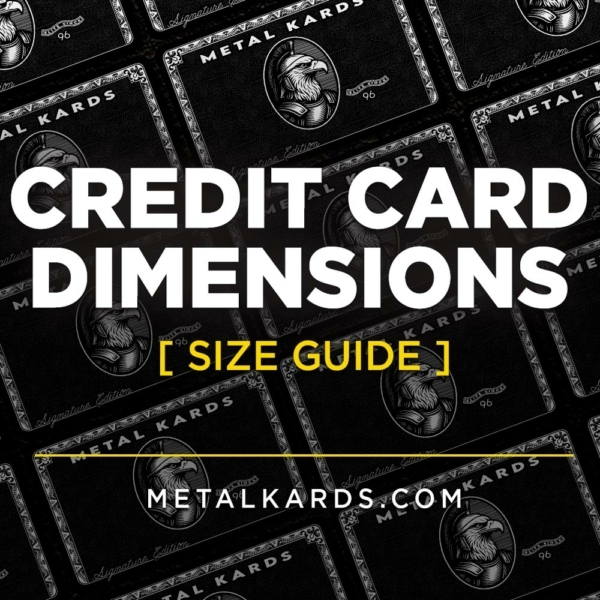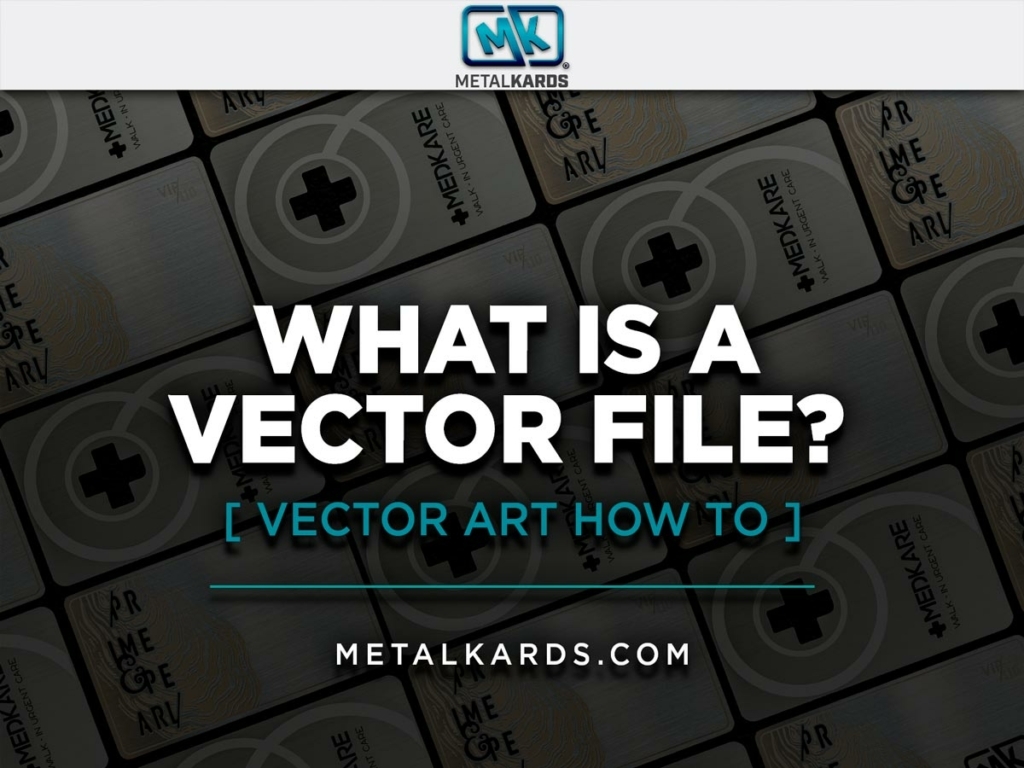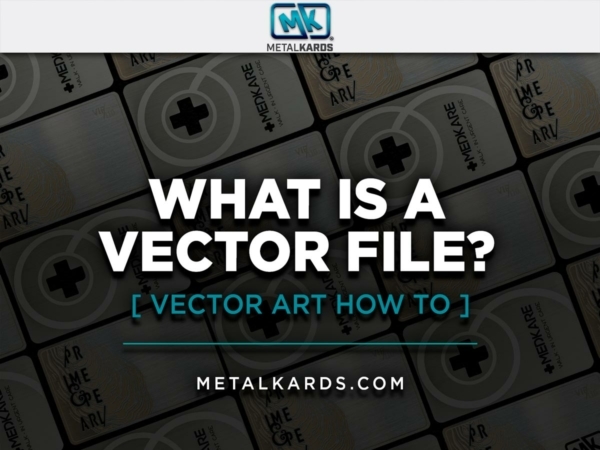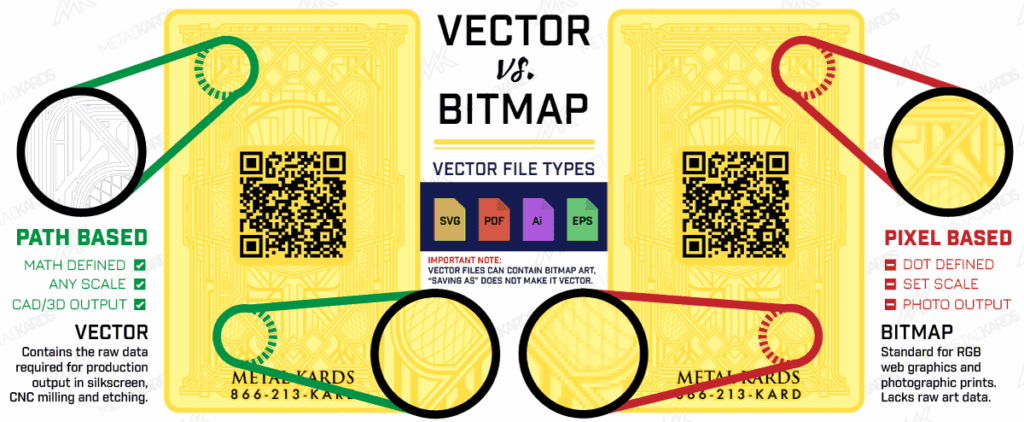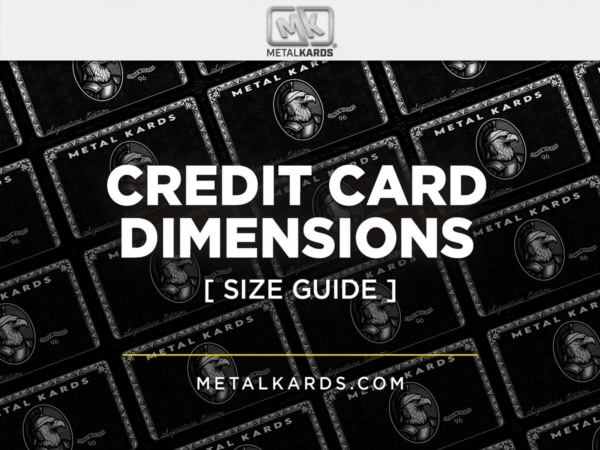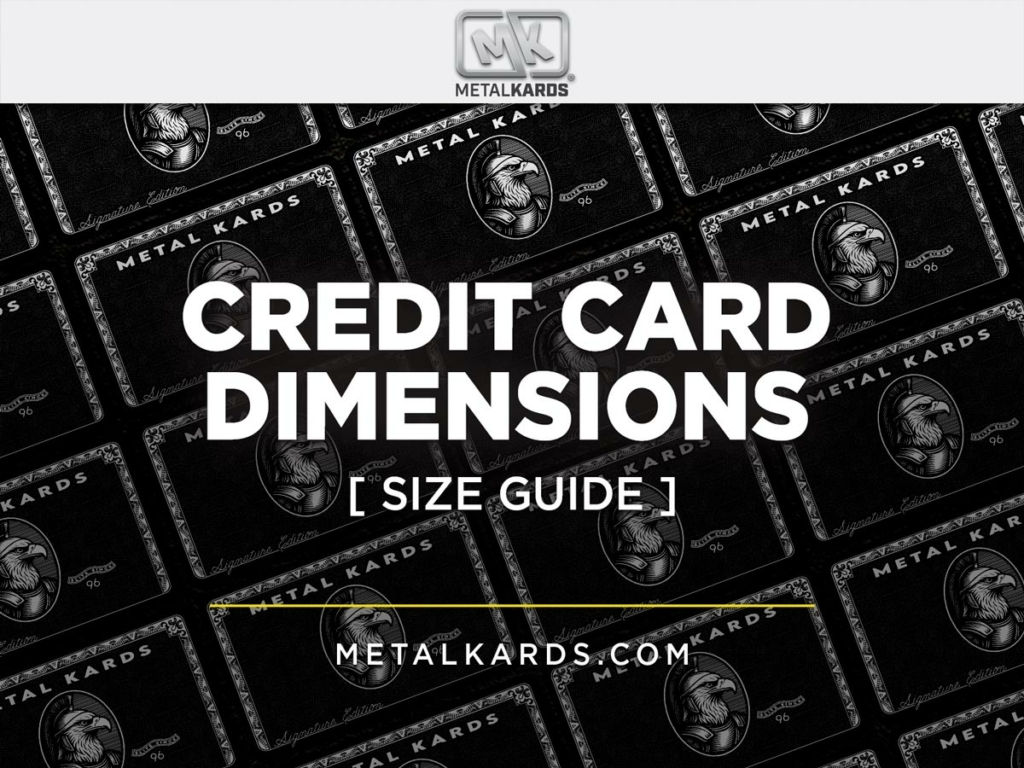Trade Show Giveaways:
Marketing Playbook to Make an Impression
When you show up at a trade show, you’re not just setting up a booth – you’re stepping into a battlefield for attention. Your brand is shoulder to shoulder with competitors, all armed with flashy banners, free pens, and elevator pitches on repeat.
So, how do you break through the noise?
Trade show giveaways, when done right, are more than swag – they’re marketing tools that spark conversations, build relationships, and leave a lasting impression long after the expo floor shuts down.
Let’s walk through how to use giveaways as part of a powerful trade show marketing strategy that actually gets remembered—and converts leads.
🎯 Why Trade Show Giveaways Still Matter
Yes, everyone loves free stuff. But today’s attendees are savvy. They don’t just want more—they want better. That’s your opportunity.
A good giveaway isn’t a gimmick—it’s a handshake in disguise. It starts a conversation, builds trust, and ties your brand to a memorable experience. When someone leaves with a high-quality, thoughtful giveaway, it creates an emotional connection that no pitch deck ever could.
🧠 The Psychology Behind Great Giveaways
The human brain loves two things: novelty and value. A well-chosen giveaway taps into both.
Novelty: Metal business cards, premium drinkware, mini tech gadgets—they stand out from the standard pile of pens and stress balls.
Value: If it feels expensive, useful, or exclusive, the recipient subconsciously places more value on your brand.
Giveaways work best when they’re tied to your brand story – so choose items that reflect your industry, aesthetic, and positioning. Learn more about the Psychology of Metal Business Cards.
🖼️ Make Your Booth Work Like a Billboard
Before anyone grabs your giveaway, they need to notice you.
Here’s how to make your booth a magnet for attention:
Use bold, brand-aligned colors (especially if they match your metal business card aesthetic: black, silver, slate, gold)
Add lighting to spotlight your product or featured item
Keep the layout open and welcoming—don’t block entry with tables
Feature your giveaways front and center, ideally with a demo or signage explaining how to get one
Bonus: Put your metal business cards on display. People can’t help but touch them. That sensory interaction alone sets you apart.
🤝 Use Giveaways to Start Conversations
Your goal isn’t just to give away items. It’s to give people a reason to engage.
Here’s how to turn freebies into meaningful connections:
Tie giveaways to a quick activity (spin wheel, quiz, sign-up form, or social media action)
Use giveaways as a thank you after a conversation. Forbes recommends you giveaway more than tchotchke’s
Ask attendees to vote on something (like your next product) and reward participation
Offer tiered giveaways—something small for everyone, something premium for a deeper conversation or qualified lead.
🏆 Premium Giveaway Ideas That Leave a Mark
If your brand is elevated, your giveaways should be too. Here are some premium giveaway ideas that feel intentional, not generic:
| Giveaway Item | Why It Works |
|---|---|
| Metal Business Cards | They’re unexpected, premium, and instantly memorable |
| QR Code Bottle Openers | Combine tech + function with scannable links |
| Custom power banks | Always useful, especially at multi-day events |
| Laser-etched pens | A high-end twist on the classic giveaway |
| Reusable metal bottles | Sustainability meets premium branding |
| Wireless chargers | Tech-forward, great for desk setups |
| Luggage tags or card holders | Travel-ready for professionals on the move |
👉 Pro Tip: Bundle your card into the giveaway. Place your metal business card in the packaging or as a premium bonus. People won’t toss it.
📣 Use Social Media to Extend the Giveaway Buzz
Giveaways don’t just happen on the trade show floor. You can use them to drive engagement before, during, and after the event.
Pre-Show:
Tease your giveaway with photos
Post a countdown
Encourage RSVPs with a gift incentive
During the Show:
Run a hashtag contest
Offer a giveaway for people who tag your booth
Share behind-the-scenes stories
Post-Show:
Announce winners
Post recap content with follow-up offers
Offer a limited-time digital giveaway for new followers
👥 Train Your Team to Maximize Every Interaction
Your giveaway is only as effective as the person handing it out.
Before the event, train your booth staff to:
Ask great openers (“What brings you to the show?” or “Seen anything cool today?”)
Know how to explain the giveaway quickly but clearly
Read body language to know when to pitch, and when to let someone browse
Represent your brand with clarity, professionalism, and energy
Remember: People often remember the person, not the pitch.
💳 Don’t Forget the Business Cards (Especially if They’re Metal)
Trade shows are full of forgettable paper business cards. Yours shouldn’t be one of them.
With metal business cards, you’re not just giving someone your contact info—you’re giving them a conversation piece. A weighty, cool-to-the-touch reminder of your brand. Something that doesn’t get lost in the stack.
Include your metal card in premium giveaway kits, or hand it out after a meaningful interaction. It’s your brand’s mic drop.
🔁 Turn First Impressions Into Follow-Ups
Giveaways should lead to something more: a booked call, a site visit, a social follow, a warm email exchange.
Set up:
A QR code for digital follow-ups
A lead capture form tied to giveaway entry
A personalized follow-up plan for high-quality leads
Give something away. Then give them a reason to come back.
🧾 TL;DR – Trade Show Giveaway Playbook
🎁 Giveaways should be useful, unique, and on-brand
🎨 Your booth should highlight the giveaway, not hide it
🗣️ Use the giveaway to start conversations, not just handouts
📱 Extend the strategy with social media & digital follow-ups
💳 Level up with metal business cards that make a lasting impression
🧠 Train your team to deliver value with every interaction
🧠 FAQ: Trade Show Giveaways & Marketing
What are the best giveaways for trade shows?
The best giveaways are items people want to keep and use—like power banks, reusable metal bottles, keychains, bottle openers, or metal business cards.
How do I stand out at a trade show?
Use bold booth design, train a friendly team, and offer premium giveaways that reflect your brand. Combine them with real conversations.
Why are metal business cards good for trade shows?
Metal cards are memorable, sensory, and signal premium value. People don’t forget the card—or the brand—that gave it to them.
Should I promote giveaways on social media before a trade show?
Absolutely. Pre-show buzz builds anticipation and drives booth traffic. Use giveaways as incentives to follow, tag, or engage.
How can I use giveaways for lead generation?
Tie them to actions: sign-ups, QR code scans, or short surveys. Use that data to follow up after the show.





